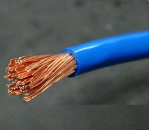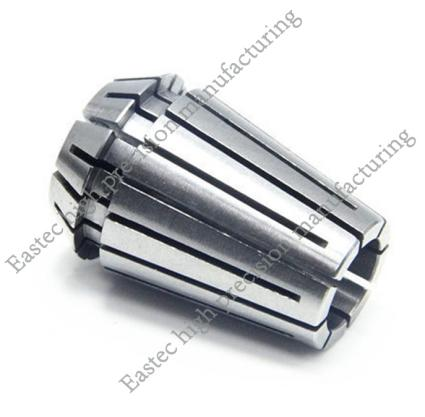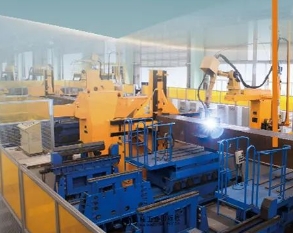I. Impacts of Welding Problems
1. Damage to Structural Performance
Welding deformation and residual stress significantly damage the performance of building steel structures. In terms of strength, residual stress will be superimposed on the external load, causing the local stress to exceed the yield strength of the steel, reducing the bearing capacity of the structure and leading the structure to enter the plastic deformation stage prematurely. Regarding toughness, the high temperature generated during the welding process will change the structure of the steel, and the existence of residual stress further deteriorates the toughness of the steel, making it more prone to brittle fracture when subjected to dynamic or impact loads. In terms of hardness, uneven heating and cooling will cause uneven hardness distribution of the steel, affecting the overall stability of the structure. Different failure mechanisms are diverse. For example, stress concentration may lead to crack propagation, resulting in sudden fracture of the structure; lamellar tearing will cause brittle failure of the steel plate in the thickness direction, seriously threatening the structural safety.
2. Impacts on Project Progress and Cost
Welding deformation brings huge consumption of manpower, material resources and increased working hours to building steel structure projects. When large and complex welding deformations occur, a large amount of manpower is required on the construction site for correction work, and additional equipment and materials are also needed, increasing the cost of material resources. The correction process often takes a lot of working hours, seriously affecting the project progress. For example, in the construction of a large - scale steel structure bridge, due to the unreasonable welding process, some steel girders were seriously deformed. The construction personnel had to spend several weeks for correction, which not only delayed the project schedule but also increased the cost by hundreds of thousands of yuan. If the unreasonable welding process or sequence causes brittle fracture of the structure, these components will become waste products and need to be remanufactured, further increasing the cost and project schedule pressure.
II. Causes of Welding Residual Stress and Deformation
1. Uneven Heating and Cooling
During the welding process, the heat source is concentrated in the weld area, causing the temperature in this area to rise sharply, while the temperature in the surrounding area is relatively low, forming an uneven temperature field. The metal in the weld area expands when heated. Due to the restraint of the surrounding low - temperature metal, it cannot expand freely, resulting in compressive plastic deformation. During cooling, the metal in the weld area contracts. Similarly, it is restricted by the surrounding metal and cannot shrink freely, thus forming residual stress inside the component. This uneven expansion and contraction cause the component to deform, such as bending and twisting, seriously affecting the dimensional accuracy and performance of the steel structure.
2. Influence of Material Properties
The thermophysical and mechanical performance parameters of materials have an important influence on welding deformation. The thermal conductivity determines the heat transfer speed in the material. For materials with low thermal conductivity, the heat transfer is slow, which will make the temperature difference between the weld area and the surrounding area larger, aggravating the uneven expansion and contraction and increasing the possibility of welding deformation. The coefficient of thermal expansion reflects the degree of expansion of the material when heated. Materials with a large coefficient of thermal expansion have a large amplitude of expansion and contraction during the welding process and are more prone to deformation. In addition, mechanical performance parameters such as the elastic modulus and yield strength of the material also affect the magnitude and distribution of welding residual stress, and thus affect the welding deformation.
III. Countermeasures and Suggestions
1. Design Optimization
Reasonable design is crucial for the welding of building steel structures. The number of welds should be strictly controlled. Too many welds will increase the risk of welding residual stress and deformation and reduce the structural performance. The design of the groove shape and size needs to be accurate. A suitable groove can ensure the welding quality and reduce the occurrence of defects. The arrangement of the weld position cannot be ignored. Weld concentration should be avoided as much as possible to ensure the geometric and stiffness continuity of the structure. Through design optimization, welding problems can be reduced from the source, the reliability and stability of the steel structure can be improved, and the cost of later correction and repair can be reduced.
2. Process Improvement
Process improvement is the key to solving welding problems. Using high - energy - density welding methods, such as laser welding and plasma welding, can make the weld solidify quickly, reduce the heat - affected zone and reduce welding deformation. Small heat - input process parameters can control the welding heat input and avoid excessive thermal stress. A reasonable welding sequence is also extremely important. For example, welding the welds with large shrinkage first and then the welds with small shrinkage can effectively reduce residual stress and deformation. In addition, using methods such as segmented back - welding and skip - welding can disperse the welding heat and reduce the impact of excessive local temperature, improving the welding quality.
3. Stress Relief
Mechanical stretching method and heat treatment method are common methods to eliminate welding residual stress. The mechanical stretching method applies a certain tensile force to the welded part, causing tensile plastic deformation in the weld and its vicinity, which offsets the compressive plastic deformation during welding, thus reducing the residual stress. The heat treatment method heats the welded part to a certain temperature, holds it for a period of time and then cools it slowly, enabling the atoms inside the metal to obtain enough energy to rearrange and eliminate the residual stress. These two methods can effectively improve the performance of the steel structure, increase its service life and safety.






 Customer service 1
Customer service 1  Customer service 2
Customer service 2